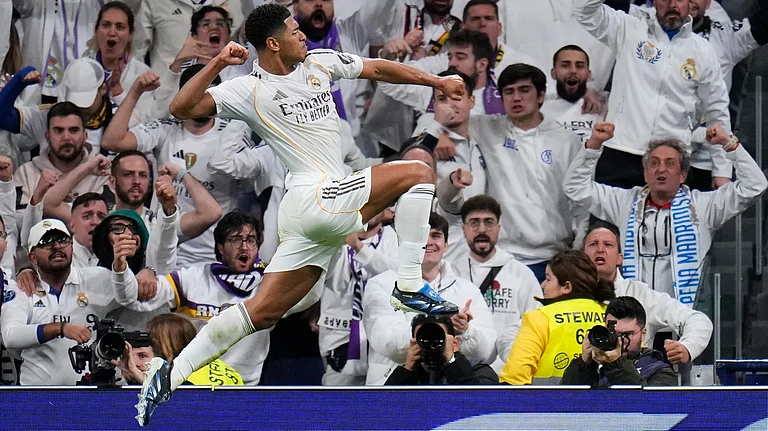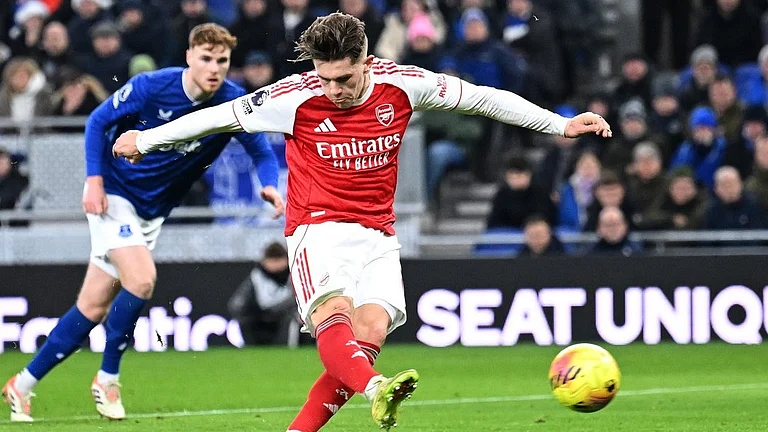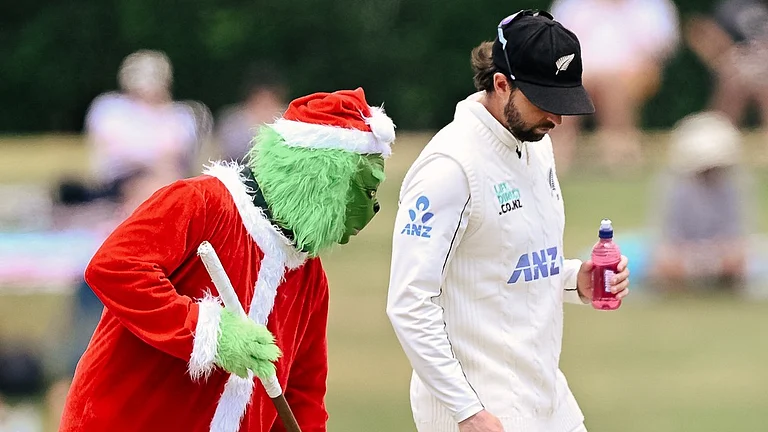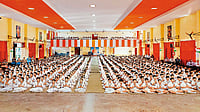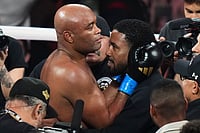Every time there is a realignment of opposition forces at the national level, the legacy of socialist leader Ram Manohar Lohia, known as the architect of coalition politics in India, is likely to be invoked. In 1967, after the Congress faced unprecedented losses in general elections and was defeated in assembly elections in several states for the first time, Lohia led the formation of the Samyukta Vidhayak Dal, an anti-Congress coalition comprising the Bharatiya Kranti Dal, the Samyukta Socialist Party, the Praja Socialist Party and the Jana Sangh (precursor of the BJP). This coalition of legislators, including those from regional parties and defectors from the Congress, formed governments in many states. The era of coalition politics, which thus began with the BJP’s predecessor allying with parties with which it shared little except rivalry with the Congress, has come full circle with the RSS-affiliated party now in a position of dominance over national politics almost similar to what the 1967 coalition was ranged against. On the other side now are a disparate set of regional parties and a much-diminished Congress.
Recently, former BJP leader Yashwant Sinha, who joined the TMC in March, convened a meeting at NCP chief Sharad Pawar’s residence in Delhi on behalf of the Rashtra Manch—a political platform Sinha co-founded in 2018. In attendance were a motley crew of politicians, lawyers and other eminent personalities. It sparked discussions on a broad coalition against the ruling BJP in the offing, though the organisers, including Sinha, didn’t want to attach any political significance to the meeting. “There was no discussion about the formation of a third front,” says NCP leader Majeed Memon, who attended the meeting. “We discussed the appalling state of the economy, anti-people policies of the BJP government, subversion of constitutional institutions….”
Political analyst Sanjay Kumar of the Centre for the Study of Developing Societies says the meeting can be seen as the first step towards building bonhomie among the parties to forge an anti-BJP coalition ahead of the 2024 general elections. “It’s a kind of testing the waters. These are early preparations for moving towards the third front. The Lok Sabha elections are three years away, but they are sending out a message that this should be seen as the beginning of forming an alliance,” says Kumar.
The absence of top Congress leaders in the meeting fuelled speculation that a section of the Opposition is toying with the idea of forging a federal front minus the Congress. With regional satrap Pawar at the centre of talks, observers are not ruling out such a possibility. However, many participants point out that invitations were sent to five Congress leaders, but they couldn’t attend due to personal reasons. “I couldn’t attend because I was in Andamans,” says Congress leader and Rajya Sabha MP Vivek Tankha, one of the invitees. “It wasn’t a political meeting. Don’t read too much into it. People who were available attended it. How can there be a third front without the Congress? It is the biggest national party outside the government.”
Political commentators point out the Congress cannot be ruled out as a spent force as the party is in a direct fight with the BJP in states such as Madhya Pradesh, Gujarat, Rajasthan, Punjab, Chhattisgarh, Haryana, Uttarakhand, Himachal Pradesh and Karnataka. Moreover, the two big pan-India parties—the Congress and the BJP—have shared approximately 50 per cent of the total votes cast since the 1998 general elections. It’s too early to write off the grand old party as it secured 20 per cent voteshare in the 2019 Lok Sabha election, while the BJP garnered 38 per cent.
However, plagued by leadership vacuum and internal squabbles in many states, the grand old party is not showing much intent to lead the pack. “The need of the hour is for the Congress to revive itself from the deep morass,” says former Congress spokesperson Sanjay Jha. “The Congress is expected to be the front-runner as it still has the largest number of seats. But it will have to really demonstrate that it can keep the dissidents in place.”
In the event of the Congress and other opposition parties contesting separately, the possibility of a multi-cornered fight will only benefit the BJP. “It’s indisputable that regional leaders are hugely popular in their states. However, they need one central force around which other parties can align and that party needs to be much bigger than others,” says Kumar.
Similar alignments have been attempted in the recent past. The grand alliance (Mahagatbandhan) made quite a spectacle during the swearing-in ceremony of H.D. Kumaraswamy as Karnataka chief minister in 2018. It was dubbed a watershed moment in India’s political history when the dais of the assembly turned into a platform for the show of strength of opposition unity with arch-rivals shaking hands. However, the grand alliance eventually had to bite the dust under the Narendra Modi juggernaut.
Have any lessons been learned from such experiences? Political scientist Sandeep Shastri says any broad coalition shouldn’t be a hodgepodge alliance of parties coming together merely on an anti-BJP plank. “It should have an ideological intent and specific programme. Past experiences show that coming together is easy, but the challenge lies in staying and working together. Unless you are offering a programme, policy or framework, simply opposing the BJP does not help,” adds Shastri.
According to Jha, the Rashtra Manch will work as an interface between opposition parties and the public in devising strategies and programmes ahead of polls. “We will work towards overcoming the pushes and pulls of the coalition. The principal takeaway is to create a viable alternative for national security, economic policy, education, law and order, and other crucial issues,” says Jha. Samajwadi Party leader Ghanshyam Tiwari, one of the founder-members of the Rashtra Manch, says the objective of such a platform is to build such narratives and evolve the national agenda in the interest of the public. “We will be meeting often and try to build a national agenda,” says Tiwari. “The Opposition will capitalise on the waning popularity of the Modi government. The immediate challenge would be the assembly elections early next year.” Among the states going to polls, Uttar Pradesh with 403 assembly seats will be decisive for both the BJP and the Opposition. The BJP is on shaky ground due to internal squabbles in many states such as UP, Madhya Pradesh, Gujarat, Karnataka and Tripura, among others, say analysts. The ongoing farmers’ agitation and the government’s handling of the pandemic are also likely to cast a shadow on its prospects.
Another challenge for the opposition alliance would be to answer the inevitable question: Modi vs who? Shastri says the Opposition shouldn’t fall into that trap. “They need to frame issues on a programmatic platform rather than deciding on leadership. If they make it about leadership, then they will lose the battle even before it starts,” he adds. Jha believes the age of the TINA (there is no alternative) factor is over and there is a pool of able leaders to choose from. “Leadership will emerge in one or two years. Mamata Banerjee has proved herself in West Bengal. Similarly, one has to see who performs well in UP. Also, the Congress’s performance in states like UP, Uttarakhand, Punjab, Manipur and Goa is crucial,” says Jha.







